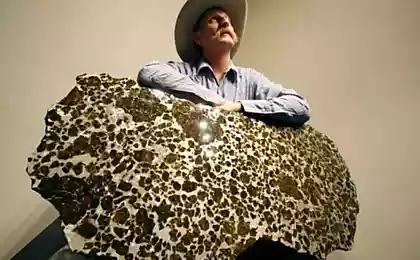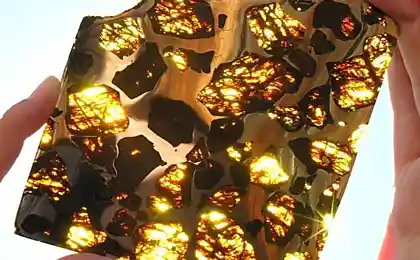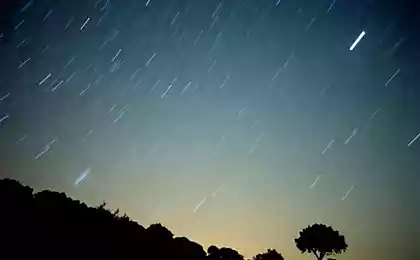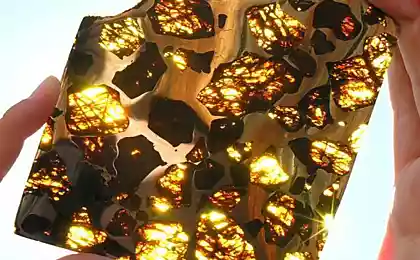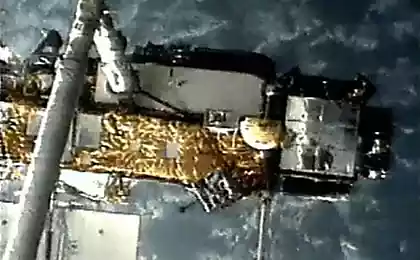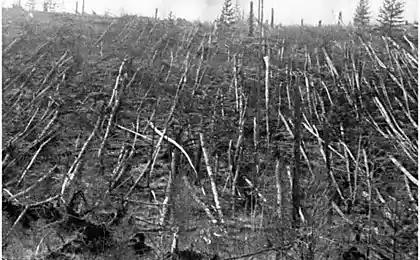734
10 meteorites, which everyone should know
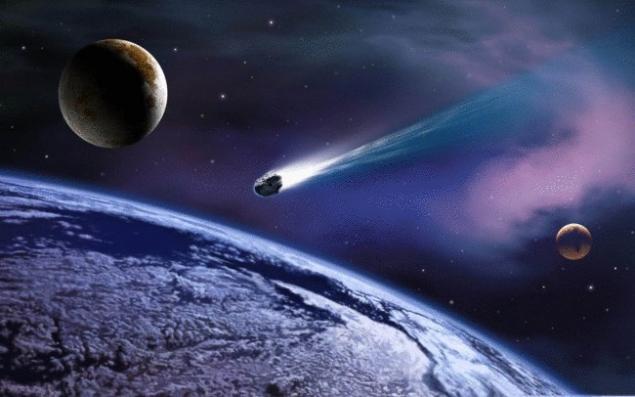
Astronauts say that from space the Earth seems to be completely defenseless — a tiny blue ball, wrapped in a thin atmosphere, which I think you can blow away with the breeze. Getting a little creepy when you realize that fall to the Earth a small asteroid the size of Moscow, for life will come not the best times. However, at different points in its history, the Earth has been subjected to falls of large meteorites and as you can see, is intact. Let us recall the most famous of them.
The Tunguska meteorite

This meteor passed through the earth's atmosphere over Siberia in 1908 and exploded just a few miles from the Siberian surface.
The explosion had the power of the atomic bomb and knocked down trees in a radius of 800 square kilometers. It took years to scientists began to explore the abandoned and unpopulated area; one hundred years later, they're still looking for conclusive evidence of a meteorite in the form of a crater or fragments of the body.
They say the meteorite was shot down Nikola Tesla, but it's just another reason for conspiracy theories.
Some believe that the crater is hiding in the nearest lake. Others believe that at the last moment the alien ship destroyed the meteorite, so he destroyed the Land. Well, we have a lot to learn from aliens.
As you know, the dinosaurs died most likely due to asteroid impact. Together with them, killed more than half of all species on the planet. Scientists are not 100% sure that this asteroid has provoked the so-called K-T extinction, but they have some reason to believe that the villain came from space.
A large part of the ground during the event (K-T layer) contains a lot of iridium, which many in the asteroids, but little on the Ground.
Scientists believe that about 65 million years ago fell to the Ground one or more of the iridium comets or meteorites, raising dust into the atmosphere and causing large-scale climate change. Where this fell? Nobody knows, but some researchers believe that the crater on the Yucatan Peninsula in Mexico — this is the place.
The Hoba Meteorite
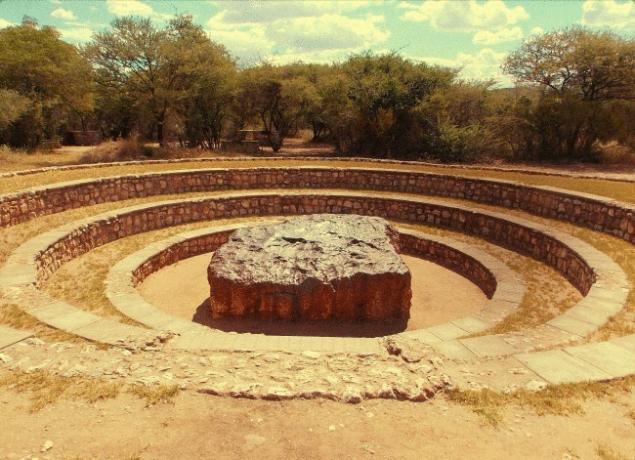
Weighing in at 60 tons, the hoba meteorite, which is still in its place in Namibia, is the largest known meteorite on the planet. Flat plate of iron fell to earth approximately 80,000 years ago, so we don't know for sure how the fireworks show was accompanied by her arrival, but found it only in 1920 when the farmer was digging his field came across a metal tip. Since then, the hoba has become a national treasure, attracting thousands of visitors annually.
The Willamette Meteorite
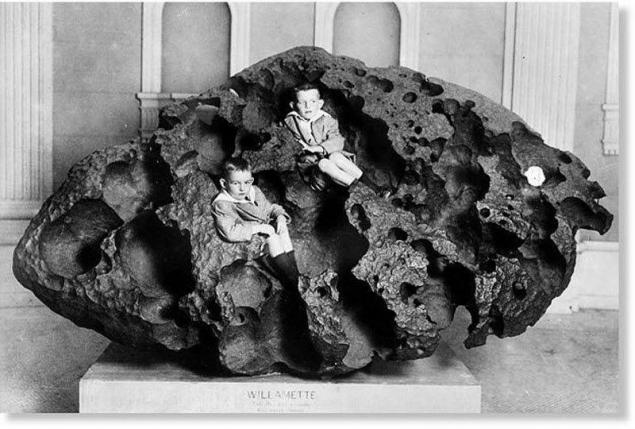
Weighing approximately 15 tons and three meters in height, this massive bony piece of iron, believed to have been a remnant of the iron core of a planet that crashed billions of years ago.
Thousands of years ago, Willamette fell to our planet and was only discovered in 1902, peace-loving Americans in the form of a healing spring Indian Clackamas — Romanovo.
Now Tomanovic rests at the American Museum of natural history in new York, but recently, the Indian tribe made a deal with the Museum to the meteorite remained in its place as long as Clackamas will visit it for ceremonial purposes.
Sikhote-Alin

When this massive iron meteorite roared from the sky in February 1947, according to witnesses, he was brighter than the sun. And when the explosion ripped it to pieces, its fragments showered the ground in the square half of square miles in the mountains of Sikhote-Alin in Siberia.
The entry into the atmosphere and the explosion was visible within two hundred kilometers. For many years hunters meteorites scoured the area in search of well-recognized metal bars, twisted and curled in an interesting way.
Small pieces of the Sikhote-Alin are still for sale.
Meteorite Sulakova

One autumn day in 1954, 31-year-old housewife from Alabama named Ann Hodges was Napping on the couch when a five-kilogram meteorite fell from the sky.
He struck the roof and hit the woman in the thigh. Fortunately, Hodges had a bruise, while neighbors saw in this stone the size of a grapefruit ball of fire, cutting through the sky. Hodges got his moment of glory, and later gave the meteorite to the Alabama Museum of natural history.
In Germany there was a precedent: the boy said that he, too, was a meteorite while going to school. 14-year-old student said that she saw a flash of light, and after he was hit by a meteorite the size of a pea. Who knew pebbles could be so dangerous.
ALH 84001
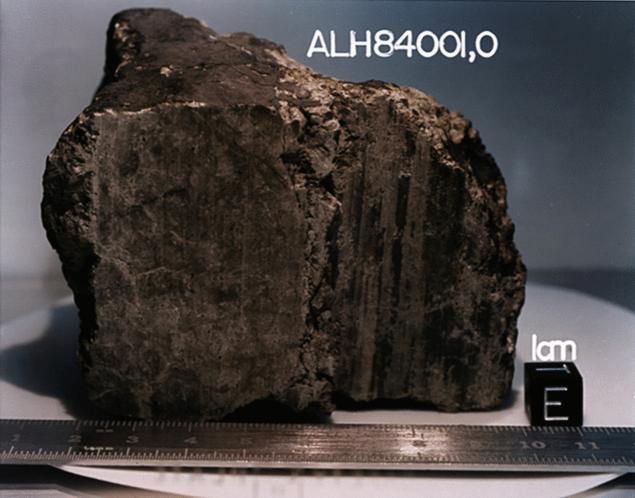
ALH 84001 (let's call him al for short) was discovered in Antarctica in 1984, after 13 000 years on arrival from Mars.
Yes, from Mars.
Al was born from the lava of a Martian volcano about four and a half billion years ago. 15 million years ago it lay on the surface of Mars, and then another asteroid or meteorite released it, sending to the Ground, after which he landed on Ulanowsky hills in Antarctica.
Inside Ala may be evidence for early Martian life in the form of fossilized algae or a small number of bacteria.
The Meteorite Orgueil
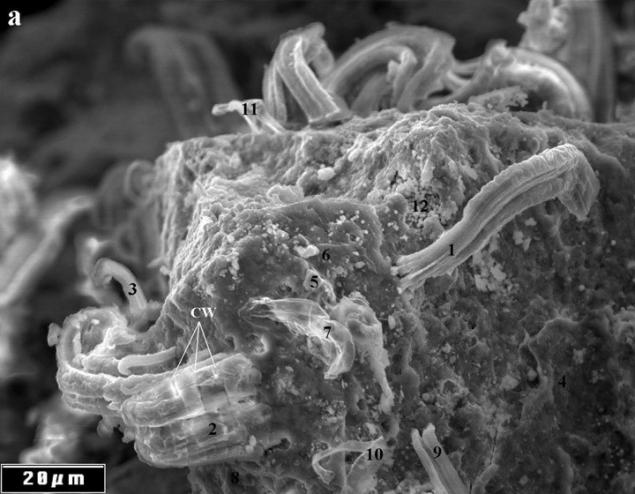
Orgueil, a meteorite burned through the atmosphere in may 1864, lounging on 20 pieces on the way in the French town of Orgueil. The fragments were soft enough to be cut with a knife, and very soon the remains of the meteorite were sold to museums around the world.
Since then, the meteorite Orgueil caused a lot of controversy because scientists long thought, where did the organic material brought in with him — and suddenly it's proof of extraterrestrial life? But in fact, although the meteorite was real, signs of life was rigged.
How? Some spores stuck together with coal dust. But this happened in our world.
Excelsi meteorite
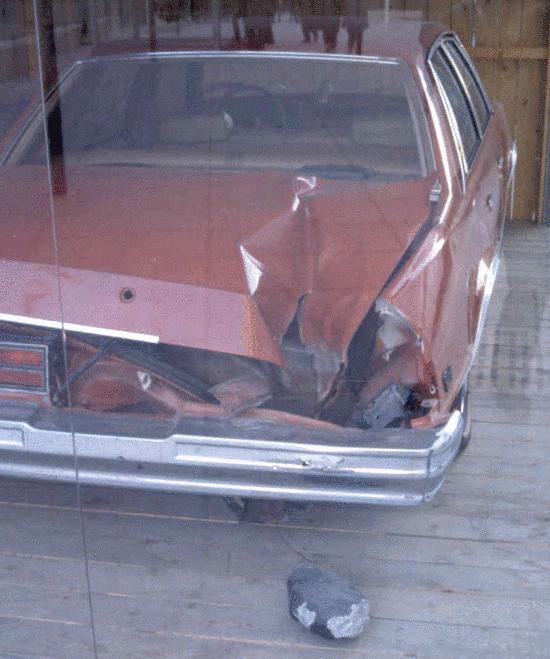
In 1992, a meteor crossed the sky over Kentucky and Pittsburgh greenish flame and fell in Peekskill on a parked car that was in no way to blame.
It was a Chevy Malibu 1980, received a massive dent and continues to travel the world as a car that survived a meteor attack. And the meteorite was the most mediocre piece of iron the size of a bowling ball.
What was weird is the degree of attention allocated to the Peekskill meteorite. Due to the fact that he crossed the East coast, its path and trajectory were recorded on video and analyzed by scientists, but it turned out that this is the most common meteorite. Which is a pity.
Meteorite Murchison field reservoir

The Murchison meteorite broke into hundreds of pieces, falling to Australia in September 1969. The largest pieces weighed about 50 kg, the smallest — less than 200 grams.
He fell to the ground a massive fireball, followed by a hazy tail, and then crumbled. The fragments studied so far.
It turned out that the meteorite is a wide range of amino acids, the building blocks of life, so the obvious interest on the part of astrobiologists.
The Meteorite Allende
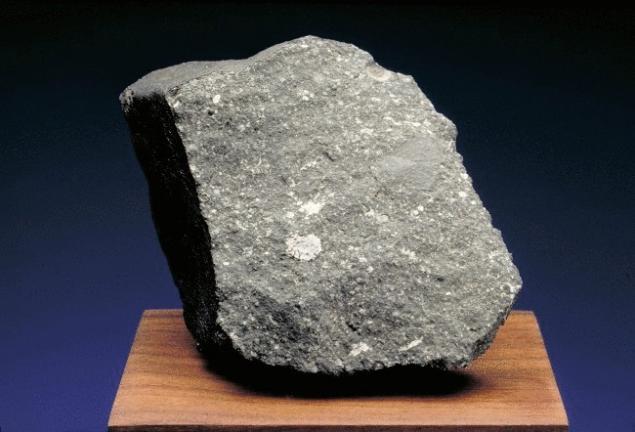
The Allende meteorite that fell to Earth in 1969 in Mexico, split into hundreds of fragments in flight. Together they will weigh several tons. Fragments, of course, have gone to private collections.
Many of the black stones covered with a vitreous material that is formed under the influence of high temperature during the passage through the atmosphere. The meteorite contains particles that may be older than our Solar system, olivine and even microscopic diamonds.published
Source: hi-news.ru
